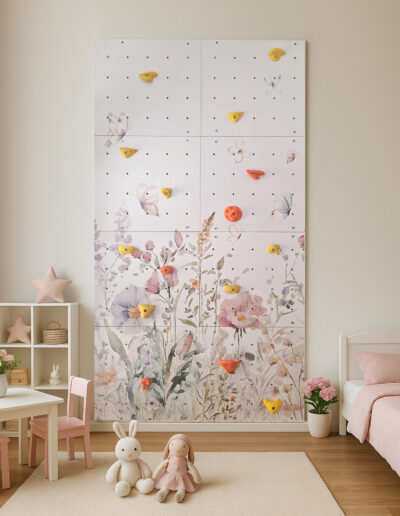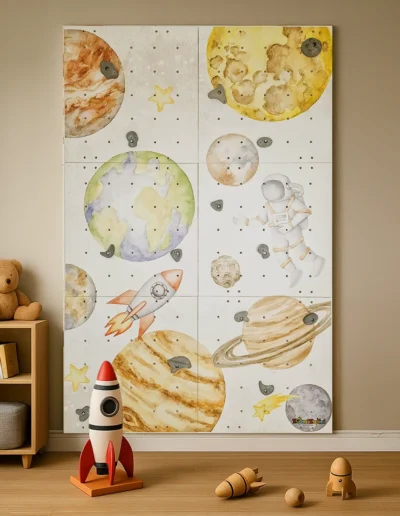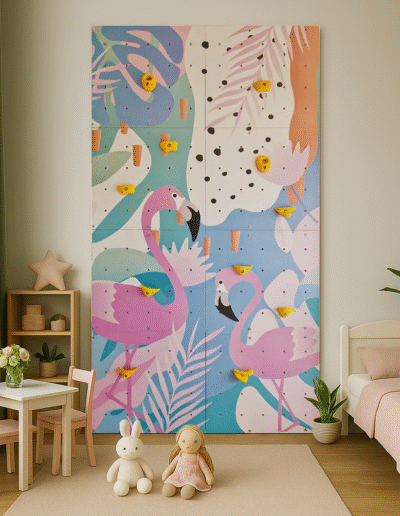A child’s motor development is the foundation of their fitness, health and independence. Supporting this area at home does not require specialist equipment or large financial outlays – just creativity, parental involvement and a few practical solutions that can be implemented every day.
What is a child’s motor development?
Motor development includes both gross motor skills (whole body movements, such as running, climbing, jumping) and fine motor skills (precise hand and finger movements, such as drawing, stacking blocks). Both of these areas are essential for the proper functioning of a child, influencing their independence, self-confidence, and readiness to learn.
Why is it worth supporting motor development at home?
- Builds healthy exercise habits – children who are physically active from an early age are more likely to play sports in the future.
- Strengthens family ties – shared activity is an opportunity to have fun and build relationships.
- Prepares for educational challenges – good coordination and manual dexterity facilitate learning to write, read and other school activities.
- It influences emotional development – movement relieves tension and builds self-esteem.
Practical ways to support motor skills at home
1. Free movement and activity on the floor
From the first months of life, it is worth encouraging your child to lie on their tummy, turn, crawl and crawl. Let your child freely explore the environment on a stable, hard surface – this strengthens the postural muscles and prepares for the next stages of motor development.
2. Fun with home accessories
Obstacle courses made of pillows, chairs and blankets are great fun that develop strength, coordination and spatial orientation. Balance exercises – such as standing on one leg or walking on a line – improve the sense of balance. Ball games support eye-hand coordination and reflexes.
3. Climbing and Montessori Elements
A home climbing wall is a fantastic tool for developing strength, courage and precision of movements. Products from the collection of personalized climbing walls allow you to match the theme to the child’s age and interests – e.g. space, world map or dinosaurs. Such an element not only develops, but also beautifully decorates the room!
4. Active play with parents and siblings
Joint team games, dancing, rhythmic games or hide-and-seek not only develop motor skills, but also build family relationships and teach cooperation.
5. Everyday activities as exercises
Encourage your child to tidy up their toys, set the table, or help in the kitchen. Furniture such as Montessori shelves or wooden carts make it easier to organize space and support fine motor skills.
A safe environment to play in
Make sure that the space for movement is properly secured. Gym mats, such as those available in the category of children’s mats, protect against impacts and provide comfort during activity. Regularly check the technical condition of the equipment and ensure safety during every game – especially when the child uses higher structures or rockers.
Summary
Supporting your child’s motor development at home is an investment in their health, self-confidence and the joy of discovering the world. Daily physical activity, creative play, and a well-designed space that encourages independence and movement are the best gifts you can give your child. You don’t have to be a specialist – all you need is tenderness, commitment and a little inspiration, which you will find in our offer.
Visit hopahopa.pl and discover products that will help you create a space full of movement, fun and development.





